Photos: NASA's Rain-Tracking GPM Satellite Mission in Pictures
Extra-Tropical Cyclone Off the Coast of Japan, March 10, 2014
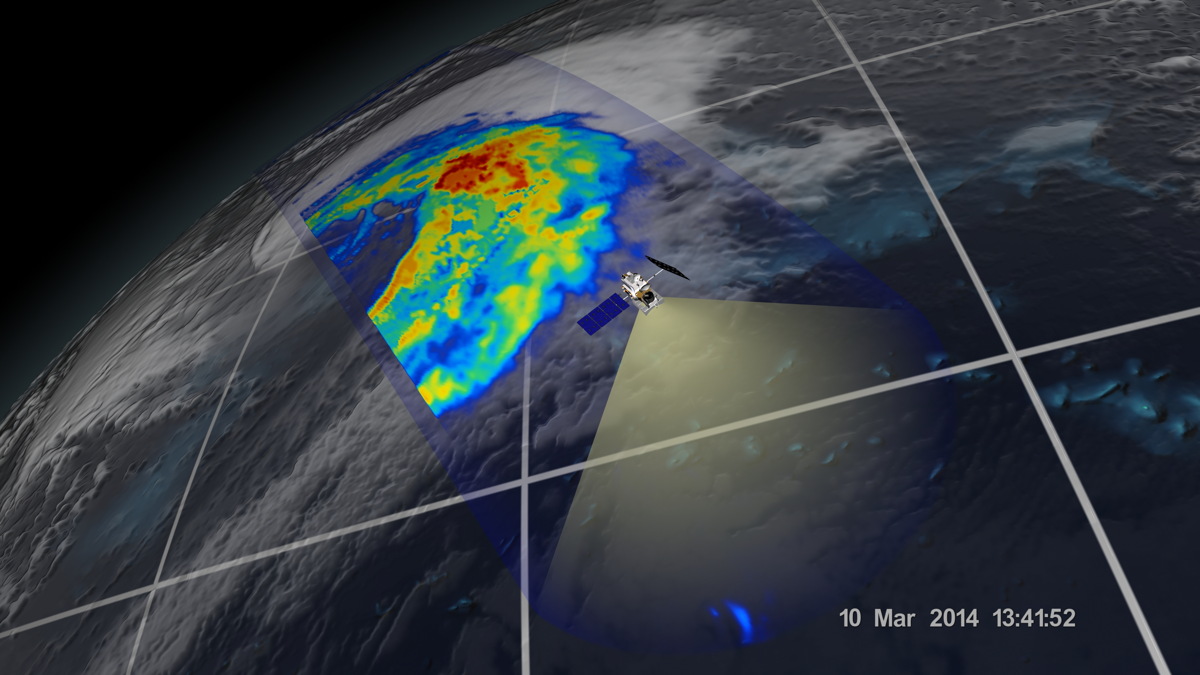
An extra-tropical cyclone seen off the coast of Japan, March 10, 2014, by the GPM Microwave Imager. The colors show the rain rate: red areas indicate heavy rainfall, while yellow and blue indicate less intense rainfall. The upper left blue areas indicate falling snow.
Extra-Tropical Cyclone East of Japan's Honshu Island
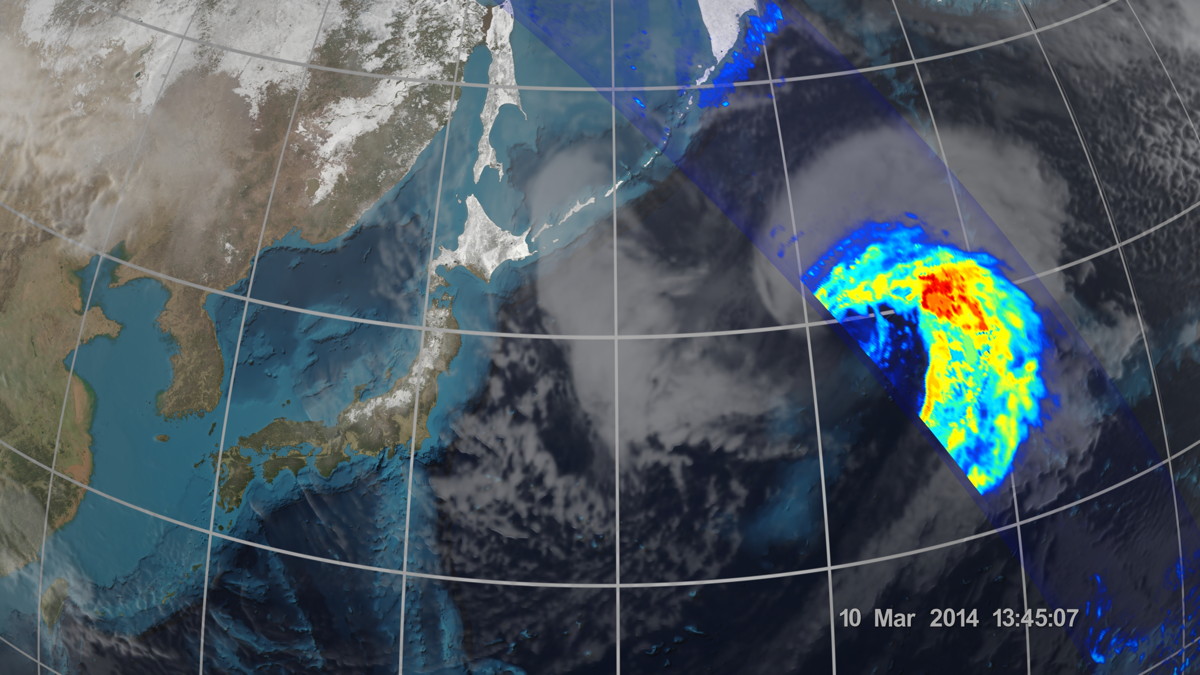
On March 10 the Core Observatory passed over an extra-tropical cyclone about 1,055 miles (1,700 km) east of Japan's Honshu Island. Formed when a cold air mass wrapped around a warm air mass near Okinawa on March 8, it moved NE drawing cold air over Japan before weakening over the North Pacific.
3D View Inside a Cyclone
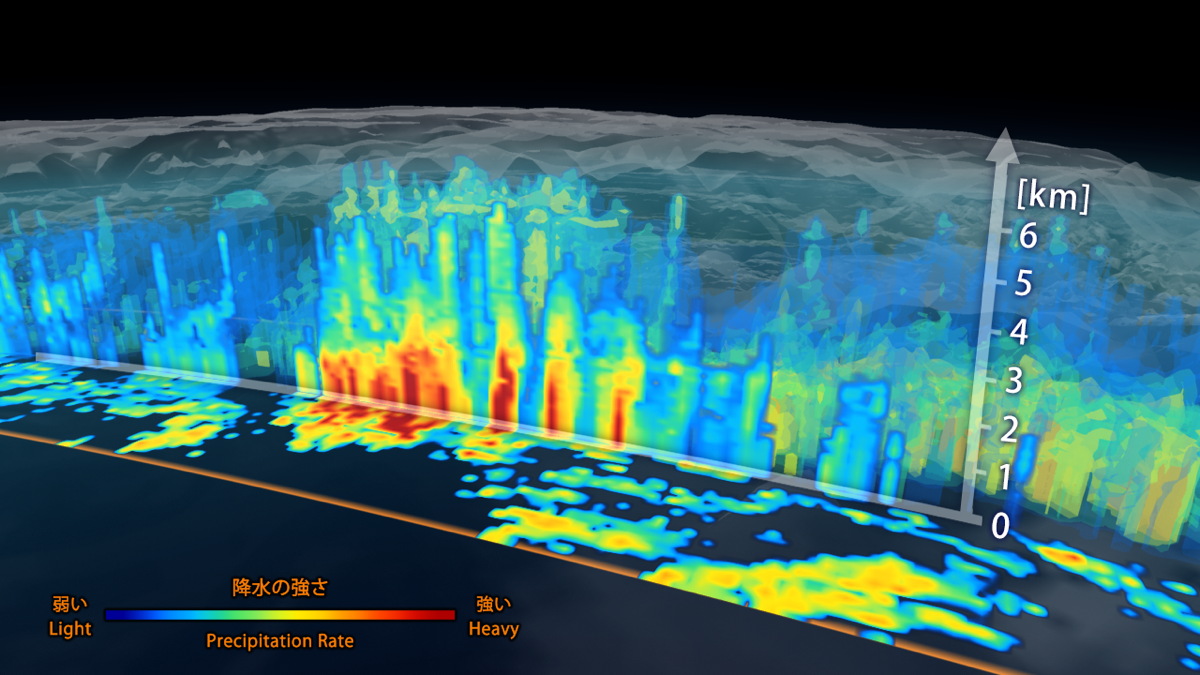
A 3D view inside an extra-tropical cyclone observed off the coast of Japan on March 10, 2014, captured by GPM's Dual-frequency Precipitation Radar. The vertical cross-section, approximately 4.4 miles (7 kilometers) high, shows rain rates, with red areas indicating heavy rainfall while yellow and blue indicate less intense rainfall.
GMI Instrument's 13 Channels
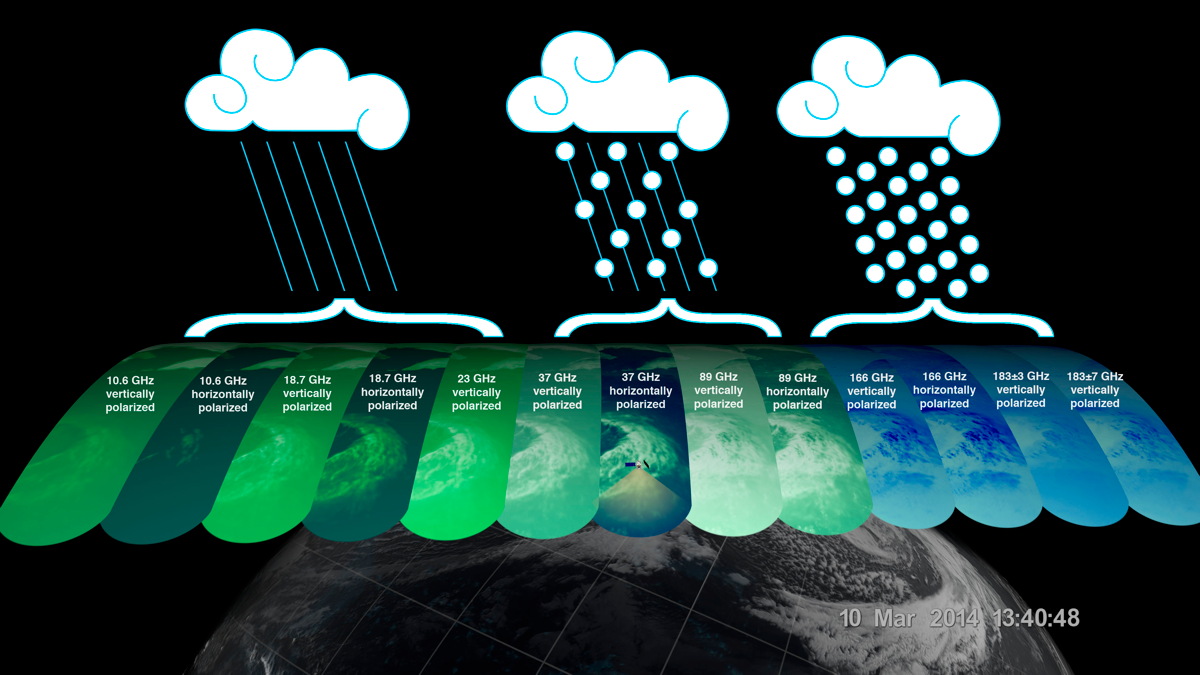
The GMI instrument has 13 channels, each sensitive to different types of precipitation. Channels for heavy rain, mixed rain and snow, and snowfall are displayed of the extra-tropical cyclone observed March 10, off the coast of Japan. Multiple channels capture the full range of precipitation.
Dual-Frequency Precipitation Radar
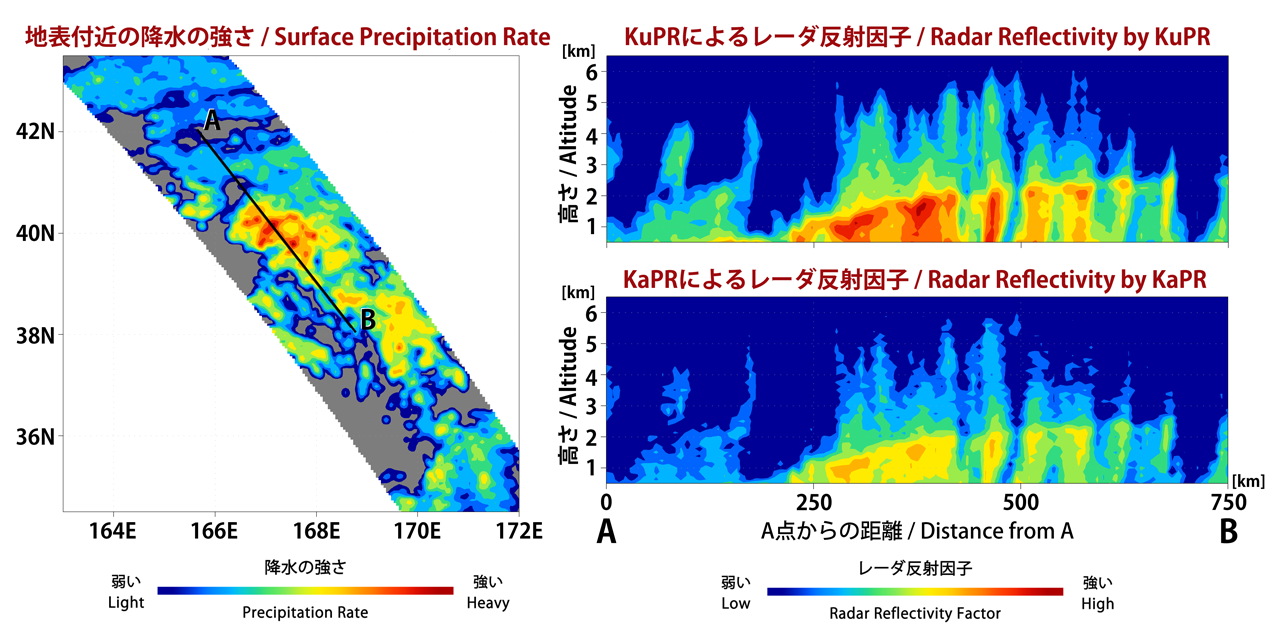
The Dual-frequency Precipitation Radar observes rainfall and snowfall that occurs within clouds in three dimensions, across the surface of Earth and upward into the atmosphere. An extra-tropical cyclone was observed over the northwest Pacific Ocean off the coast of Japan on March 10, 2014.
NASA-JAXA Global Precipitation Measurement Core Observatory
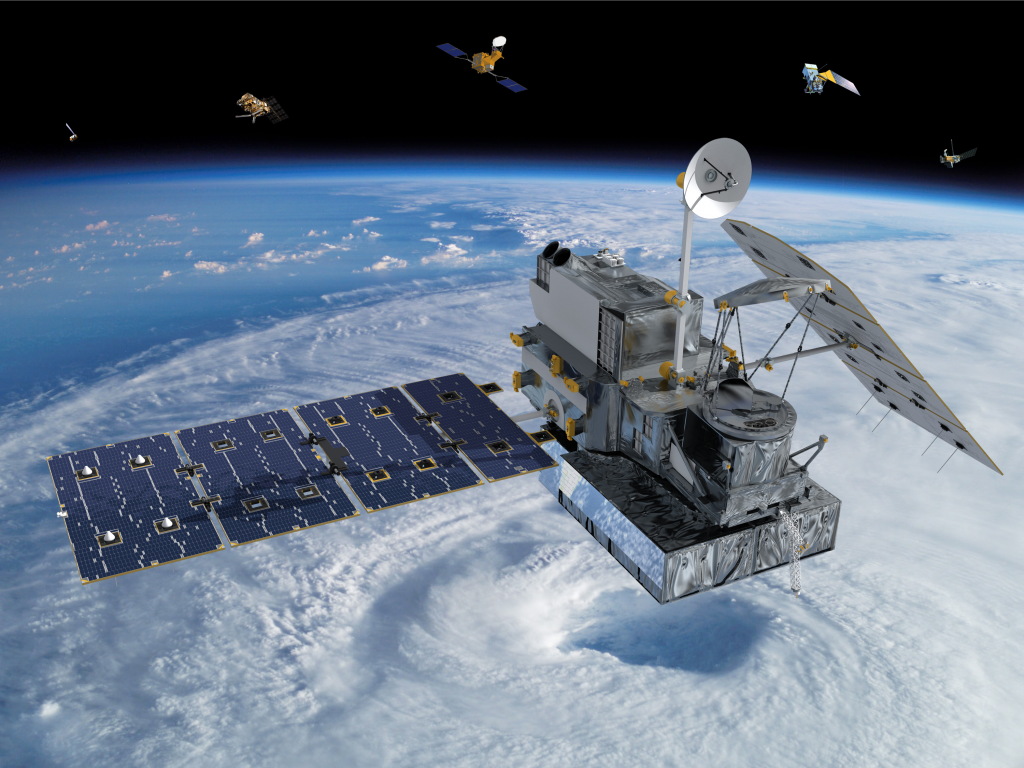
In 2014 for the first time in more than a decade, five NASA Earth science missions will be launched into space in the same year, opening new and improved remote eyes to monitor our changing planet. The first mission of the year is the Global Precipitation Measurement (GPM) Core Observatory, a joint international project with the Japan Aerospace Exploration Agency (JAXA). The mission inaugurates an unprecedented international satellite constellation that will produce the first nearly global observations of rainfall and snowfall.
Japan Launches NASA's GPM Satellite
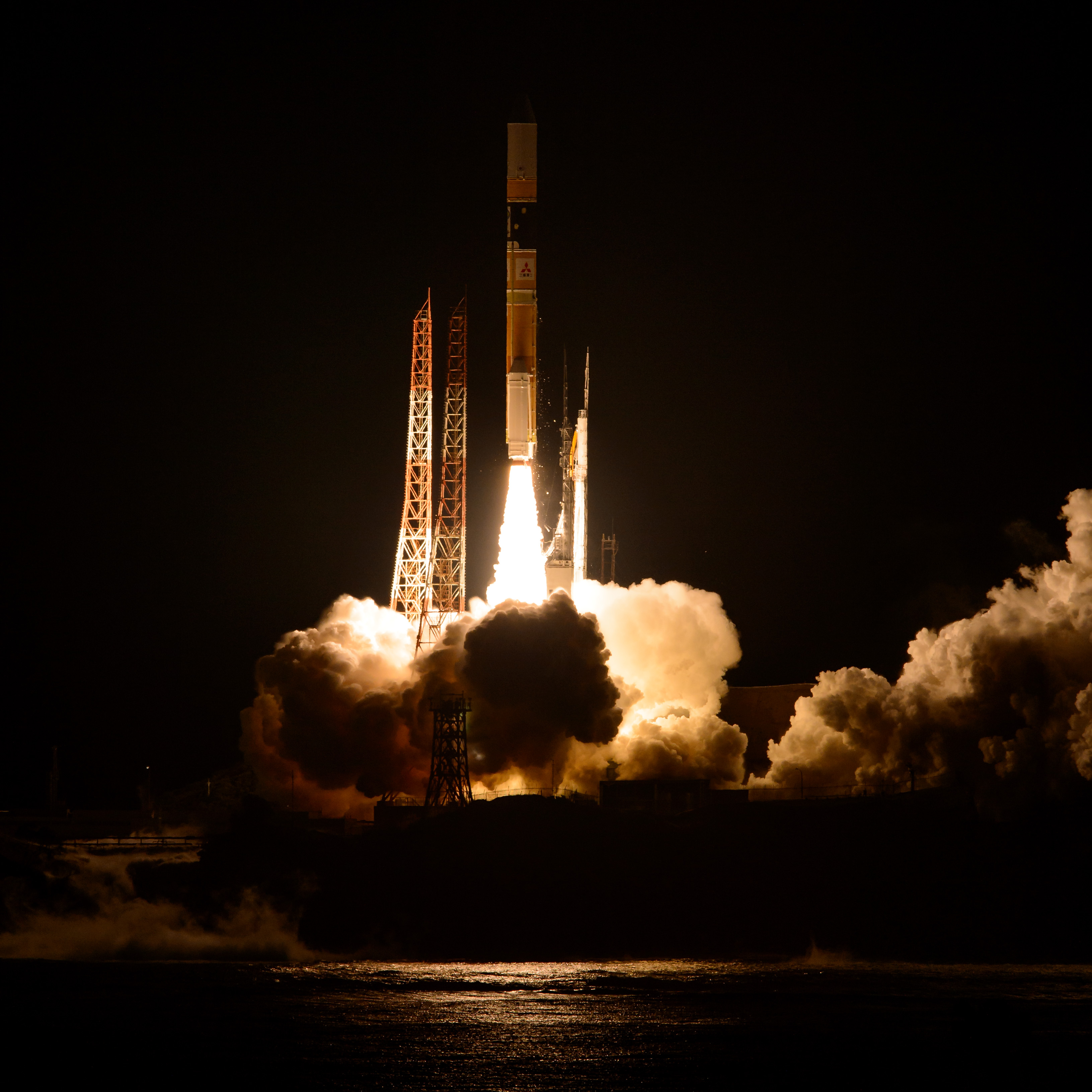
A Japanese H-IIA rocket with the NASA-Japan Aerospace Exploration Agency (JAXA), Global Precipitation Measurement (GPM) Core Observatory onboard, is seen launching from the Tanegashima Space Center, Feb. 28, 2014, Tanegashima, Japan.
Get the Space.com Newsletter
Breaking space news, the latest updates on rocket launches, skywatching events and more!
H-IIA Rocket Launches NASA's GPM Satellite

A Japanese H-IIA rocket with the NASA-Japan Aerospace Exploration Agency (JAXA), Global Precipitation Measurement (GPM) Core Observatory onboard, is seen launching from the Tanegashima Space Center, Feb. 28, 2014, Tanegashima, Japan.
Blast Off! Japan Launches NASA's GPM Satellite
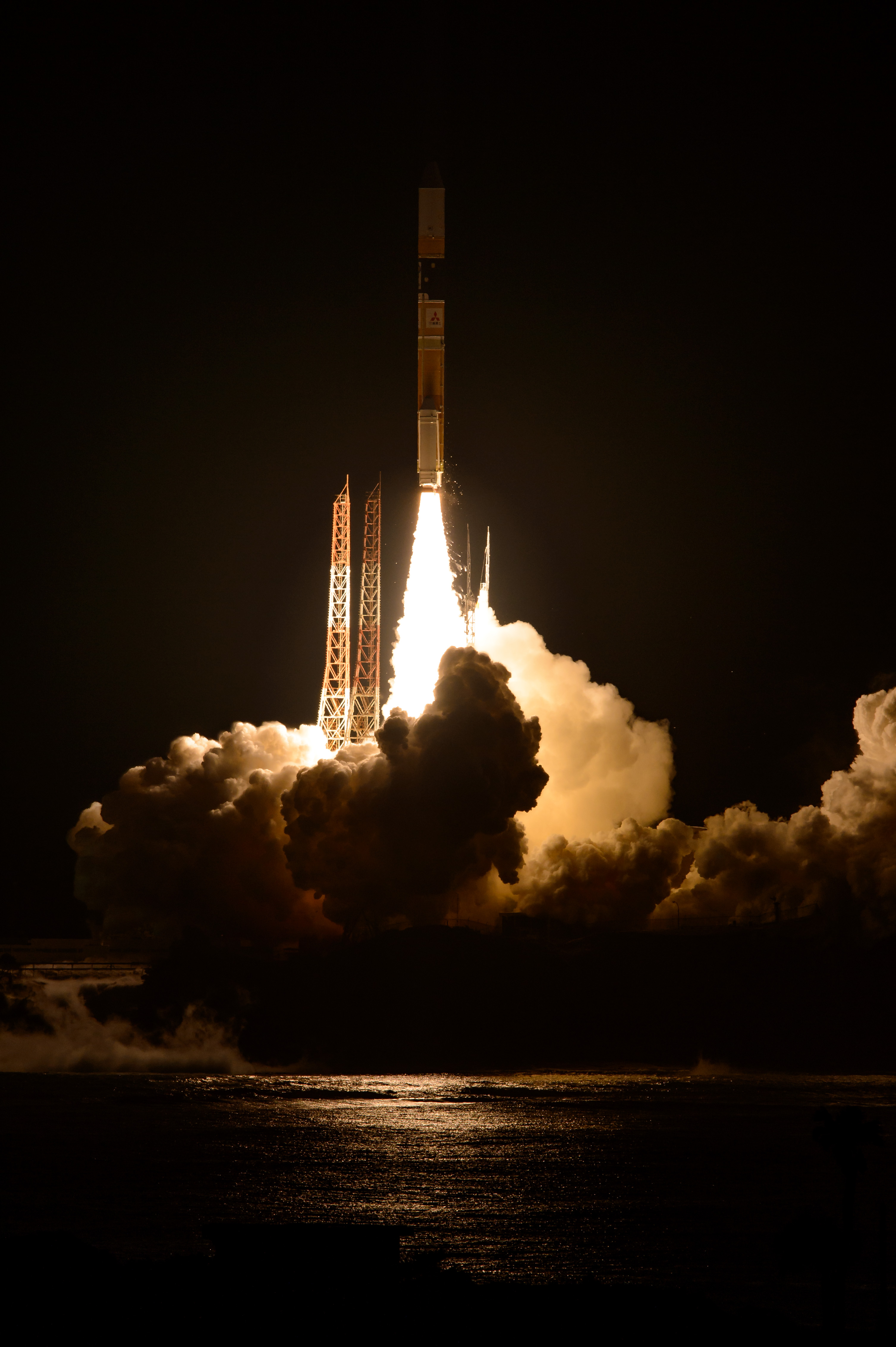
A Japanese H-IIA rocket with the NASA-Japan Aerospace Exploration Agency (JAXA), Global Precipitation Measurement (GPM) Core Observatory onboard, is seen launching from the Tanegashima Space Center, Feb. 28, 2014, Tanegashima, Japan.
Japanese H-IIA Rocket Launches NASA's GPM Satellite

Flames and smoke from a Japanese H-IIA rocket with the NASA-Japan Aerospace Exploration Agency (JAXA), Global Precipitation Measurement (GPM) Core Observatory onboard, are seen during the launch from the Tanegashima Space Center, Feb. 28, 2014, Tanegashima, Japan.
Rocket Rolls Out Carrying GPM Core Observatory
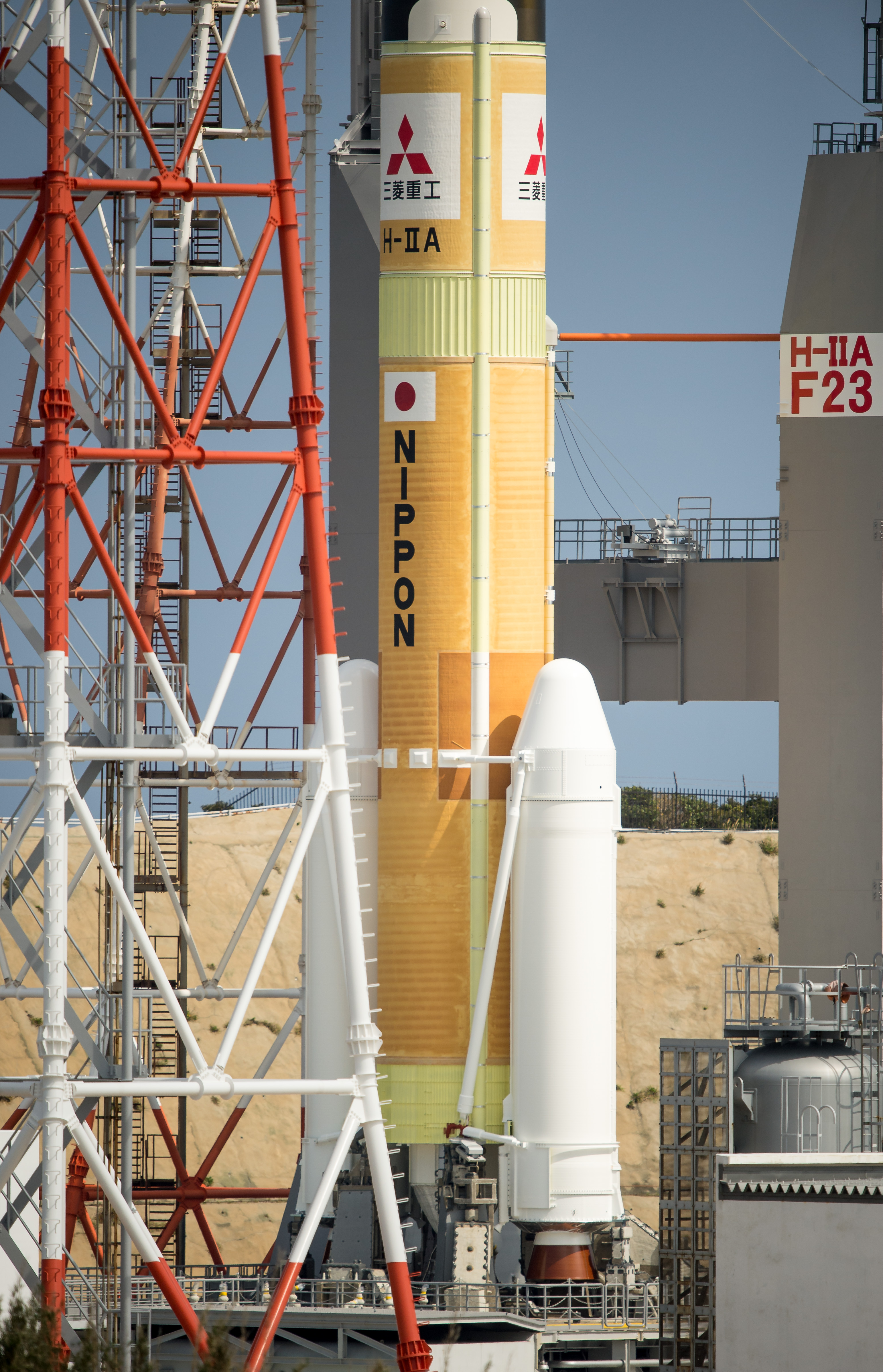
A Japanese H-IIA rocket carrying the NASA-Japan Aerospace Exploration Agency (JAXA), Global Precipitation Measurement (GPM) Core Observatory is seen as it rolls out to launch pad 1 of the Tanegashima Space Center, Feb. 27, 2014, Tanegashima, Japan.
Join our Space Forums to keep talking space on the latest missions, night sky and more! And if you have a news tip, correction or comment, let us know at: community@space.com.

Space.com is the premier source of space exploration, innovation and astronomy news, chronicling (and celebrating) humanity's ongoing expansion across the final frontier. Originally founded in 1999, Space.com is, and always has been, the passion of writers and editors who are space fans and also trained journalists. Our current news team consists of Editor-in-Chief Tariq Malik; Editor Hanneke Weitering, Senior Space Writer Mike Wall; Senior Writer Meghan Bartels; Senior Writer Chelsea Gohd, Senior Writer Tereza Pultarova and Staff Writer Alexander Cox, focusing on e-commerce. Senior Producer Steve Spaleta oversees our space videos, with Diana Whitcroft as our Social Media Editor.









